Edge Computing vs Cloud Computing: Key Differences
The term “Edge computing” refers to computing as a distributed paradigm. It brings data storage and computes power closer to the device or data source where it’s most needed. Information is not processed on the cloud filtered through distant data centers; instead, the cloud comes to you. This distribution eliminates lag-time and saves bandwidth.
Edge Computing is an alternative approach to the cloud environment as opposed to the “Internet of Things.” It’s about processing real-time data near the data source, which is considered the ‘edge’ of the network. It’s about running applications as physically close as possible to the site where the data is being generated instead of a centralized cloud or data center or data storage location.
Read on to learn the differences between edge computing and cloud computing.
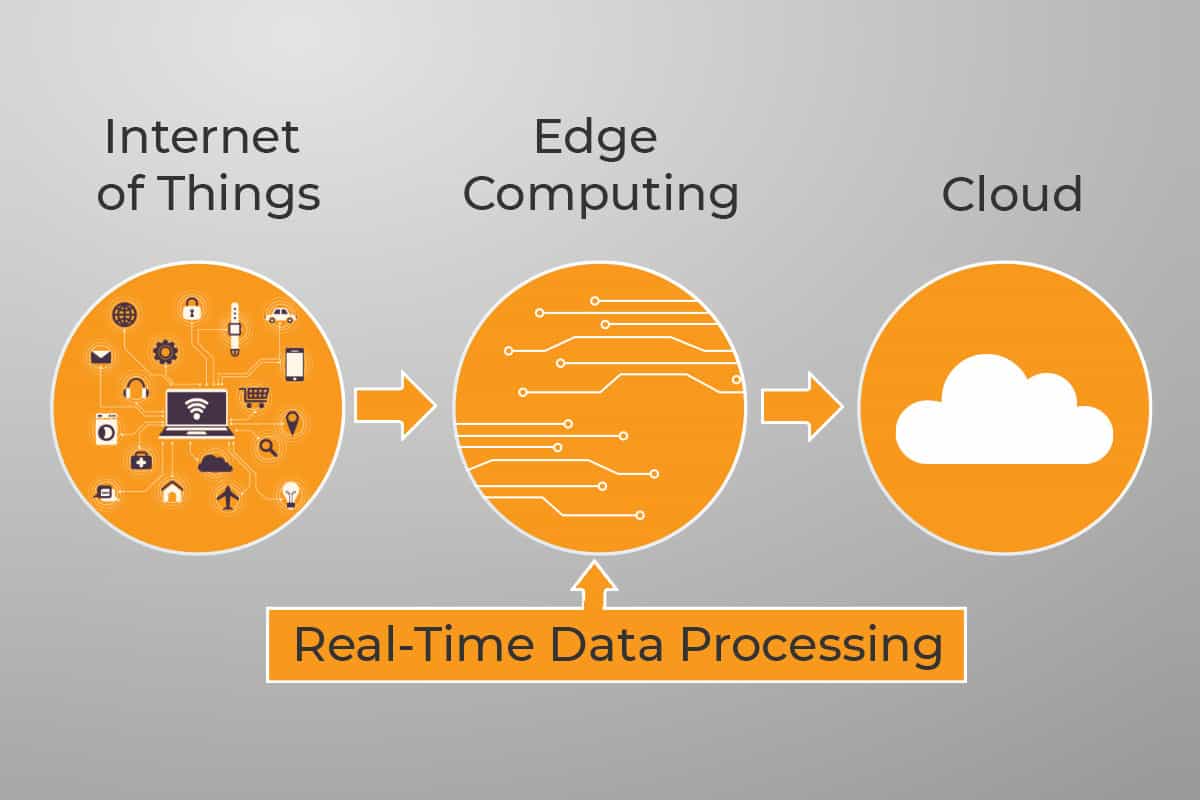
What Is Edge Computing?
Edge Computing allows computing resources and application services to be distributed along the communication path, via decentralized computing infrastructure.
Computational needs are more efficiently met when using edge computing. Wherever there is a requirement for collecting data or where a user performs a particular action, it can be completed in real-time. Typically, the two main benefits associated with edge computing are improved performance and reduced operational costs, which are described in brief below.
Advantages of Using Edge Computing
Improved Performance
Besides collecting data for transmission to the cloud, edge computing also processes, analyses, and performs necessary actions on the collected data locally. Since these processes are completed in milliseconds, it’s become essential in optimizing technical data, no matter what the operations may be.
Transferring large quantities of data in real-time in a cost-effective way can be a challenge, primarily when conducted from remote industrial sites. This problem is remedied by adding intelligence to devices present at the edge of the network. Edge computing brings analytics capabilities closer to the machine, which cuts out the middle-man. This setup provides for less expensive options for optimizing asset performance.
Reducing Operational Costs
In the cloud computing model, connectivity, data migration, bandwidth, and latency features are pretty expensive. This inefficiency is remedied by edge computing, which has a significantly less bandwidth requirement and less latency. By applying edge computing, a valuable continuum from the device to the cloud is created, which can handle the massive amounts of data generated. Costly bandwidth additions are no longer required as there is no need to transfer gigabytes of data to the cloud. It also analyses sensitive IoT data within a private network, thereby protecting sensitive data. Enterprises now tend to prefer edge computing. This is because of its optimizable operational performance, address compliance and security protocols, alongside lower costs.
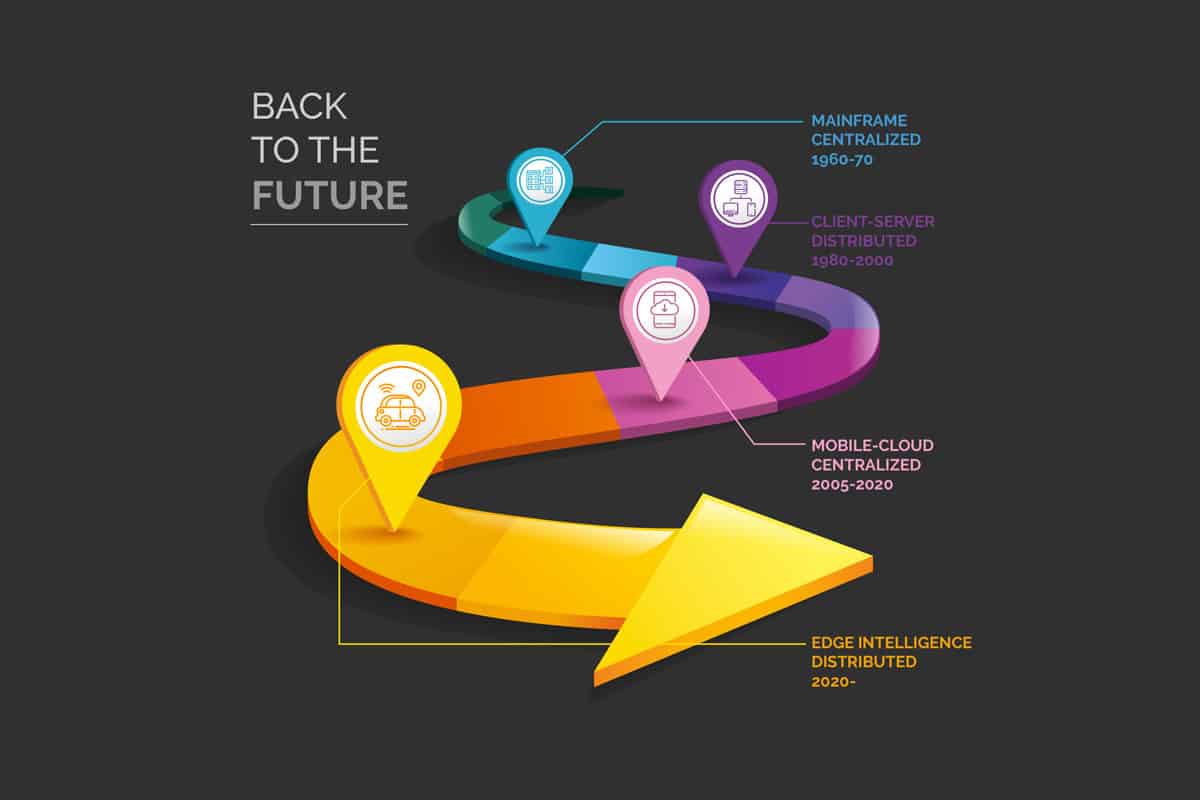
Edge computing can help lower dependence on the cloud and improve the speed of data processing as a result. Besides, there are already many modern IoT devices that have processing power and storage available. The move to edge processing power makes it possible to utilize these devices to their fullest potential.
Despite the many advantages of edge computing, there are some obstacles that need to be overcome. Learn everything about it in our article Edge Computing Challenges and How to Solve Them.
Edge Computing Examples
The best way to demonstrate the use of this method is through some key edge computing examples. Here are a few scenarios where edge computing is most useful:
Autonomous Vehicles
Self-driven or AI-powered cars and other vehicles require a massive volume of data from their surroundings to work correctly in real-time. A delay would occur if cloud computing were used.
Streaming Services
Services like Netflix, Hulu, Amazon Prime, and the upcoming Disney+ all create a heavy load on network infrastructure. Edge computing helps create a smoother experience via edge caching. This is when popular content is cached in facilities located closer to end-users for easier and quicker access.
Smart Homes
Similar to streaming services, the growing popularity of smart homes poses a problem. It’s now too much of a network load to rely on conventional cloud computing alone. Processing information closer to the source means less latency and quicker response times in emergency scenarios. Examples include medical teams, fire, or police deployment.
Do note that organizations can lose control of their data if the cloud is located in multiple locations around the world. This setup can pose a problem for certain institutions such as banks, which are required by law to store data in their home country only. Although efforts are being made to come up with a solution, cloud computing has clear disadvantages when it comes to cloud data security.
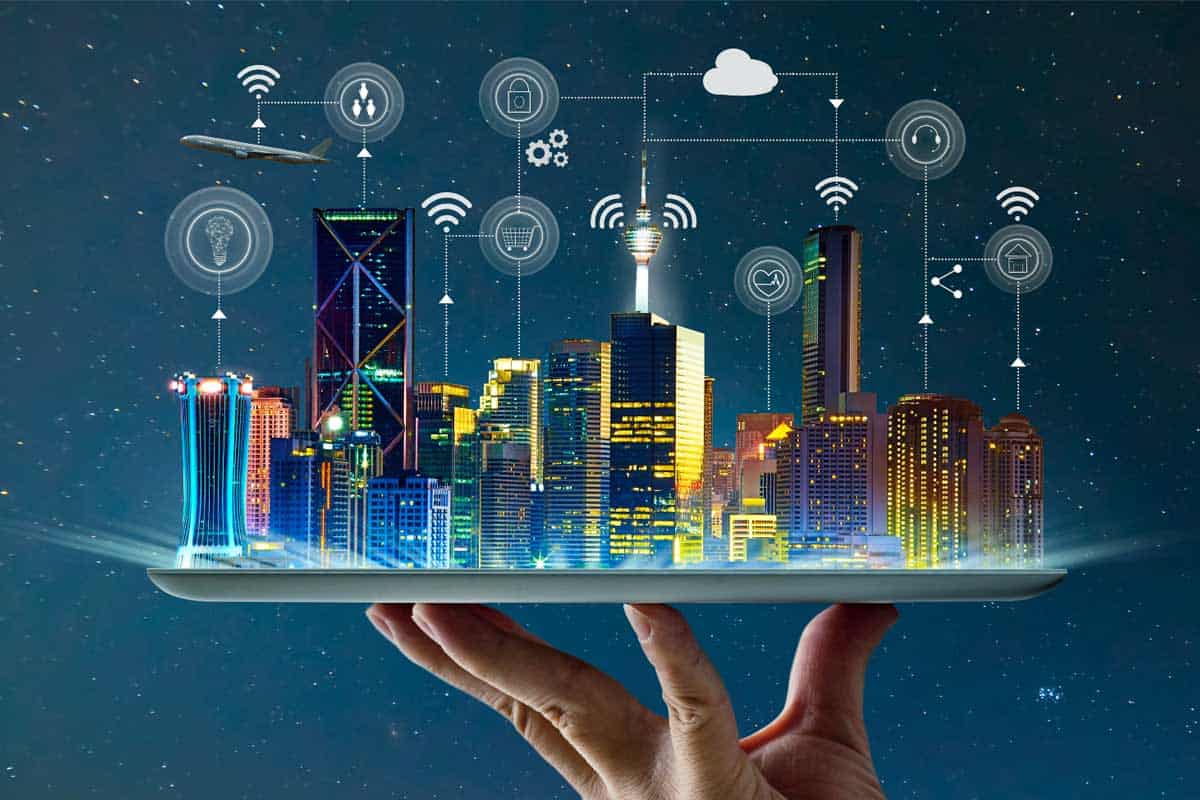
What Is Cloud Computing?
Cloud computing refers to the use of various services such as software development platforms, storage, servers, and other software through internet connectivity. Vendors for cloud computing have three common characteristics which are mentioned below:
- Services are scalable
- A user must pay the expenses of the services used, which can include memory, processing time, and bandwidth.
- Cloud vendors manage the back-end of the application.
Service Models of Cloud Computing
Cloud computing services can be deployed in terms of business models, which can differ depending on specific requirements. Some of the conventional service models employed are described in brief below.
- Platform as a Service or PaaS: PaaS allows consumers to purchase access to platforms, allowing them to deploy their software and applications on the cloud. The consumer does not manage the operating systems or the network access, which can create some constraints on the nature of applications that can be deployed. Amazon Web Services, Rackspace, and Microsoft Azure are examples.
- Software as a Service or SaaS: In SaaS, Consumers have to purchase the ability to access or use an application or service, hosted by the cloud.
- Infrastructure as a Service or IaaS: Here, consumers can control and manage the operating systems, applications, network connectivity, and storage, without controlling the cloud themselves.
Deployment Models of Cloud Computing
Just like the service models, cloud computing deployment models also depend on requirements. There are four main deployment models, each of which has its characteristics.
- Community Cloud: Community Cloud infrastructures allow a cloud to be shared among several organizations with shared interests and similar requirements. As a result, this limits capital expenditure costs as it is shared among the many organizations using them. These operations may be conducted with a third party on the premises or 100% in-house.
- Private Cloud: Private Clouds are deployed, maintained, and operated solely for specific organizations.
- Public Cloud: Public Clouds can be used by the public on a commercial basis but owned by a cloud service provider. A consumer can thus, develop and deploy a service without the substantial financial resources required in other deployment options.
- Hybrid Cloud: This type of cloud infrastructure consists of several different types of clouds. However, these clouds have the capability to allow data and applications to move from one cloud to another. Hybrid Clouds can be a combination of private and public clouds, as well.
Benefits of Using Cloud Computing
Despite the many challenges faced by Cloud Computing, there are many benefits of the cloud as well.
Scalability/Flexibility
Cloud Computing allows companies to start with a small deployment of clouds and expand reasonably rapidly and efficiently. Scaling back can also be done quickly if the situation demands it. It also allows companies to add extra resources when needed, which enables them to satisfy growing customer demands.
Reliability
Services using multiple redundant sites support business continuity and disaster recovery.
Maintenance
The Cloud service providers themselves conduct system maintenance.
Mobile Accessibility
Cloud computing also supports Mobile accessibility to a higher degree.
Cost Saving
By using Cloud computing, companies can significantly reduce both their capital and operational expenditures when it comes to expanding their computing capabilities.
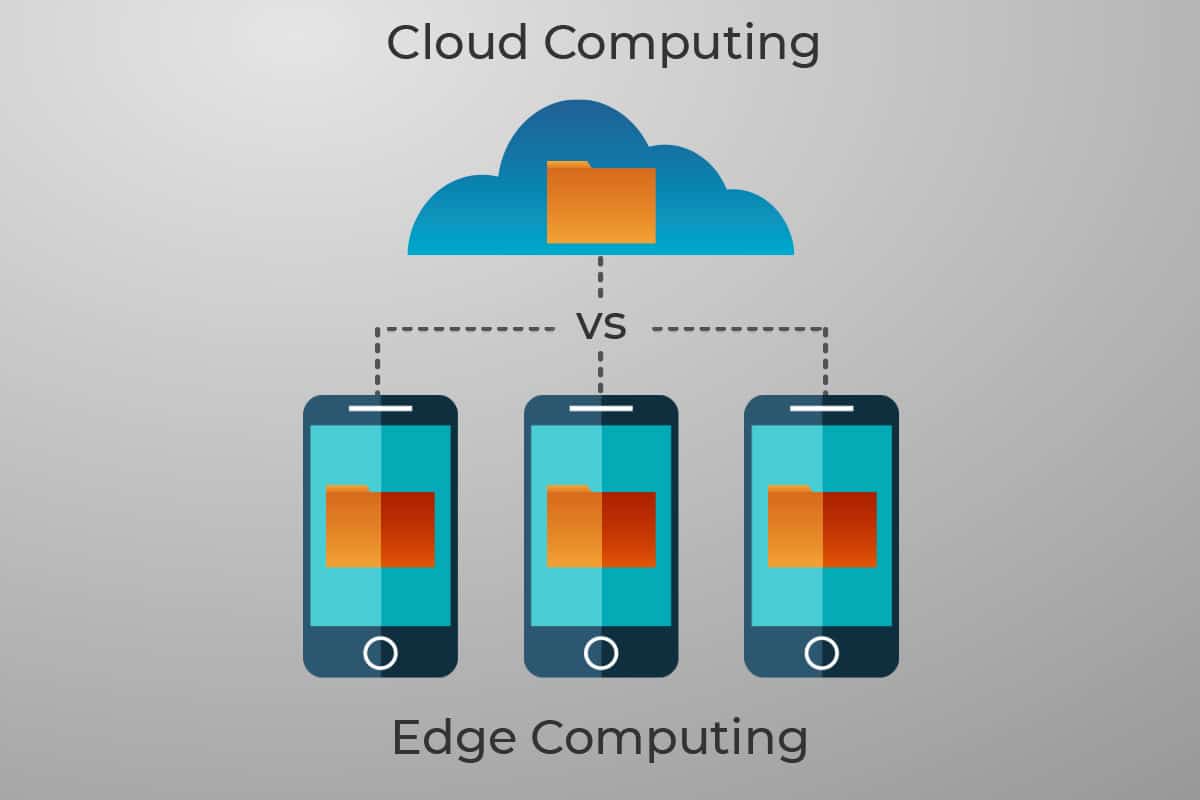
Edge Computing vs Cloud Computing: Differences
Note that the emergence of edge computing is not advised to be a total replacement for cloud computing. Their differences can be likened to those between an SUV and a racing car, for example. Both vehicles have different purposes and uses. To better understand the differences, we created a table of comparisons.
| Points of Difference | Edge Computing | Cloud Computing |
| Suitable Companies | Edge Computing is regarded as ideal for operations with extreme latency concerns. Thus, medium-scale companies that have budget limitations can use edge computing to save financial resources. | Cloud Computing is more suitable for projects and organizations which deal with massive data storage. |
| Programming | Several different platforms may be used for programming, all having different runtimes. | Actual programming is better suited in clouds as they are generally made for one target platform and uses one programing language. |
| Security | Edge Computing requires a robust security plan including advanced authentication methods and proactively tackling attacks. | It requires less of a robust security plan. |
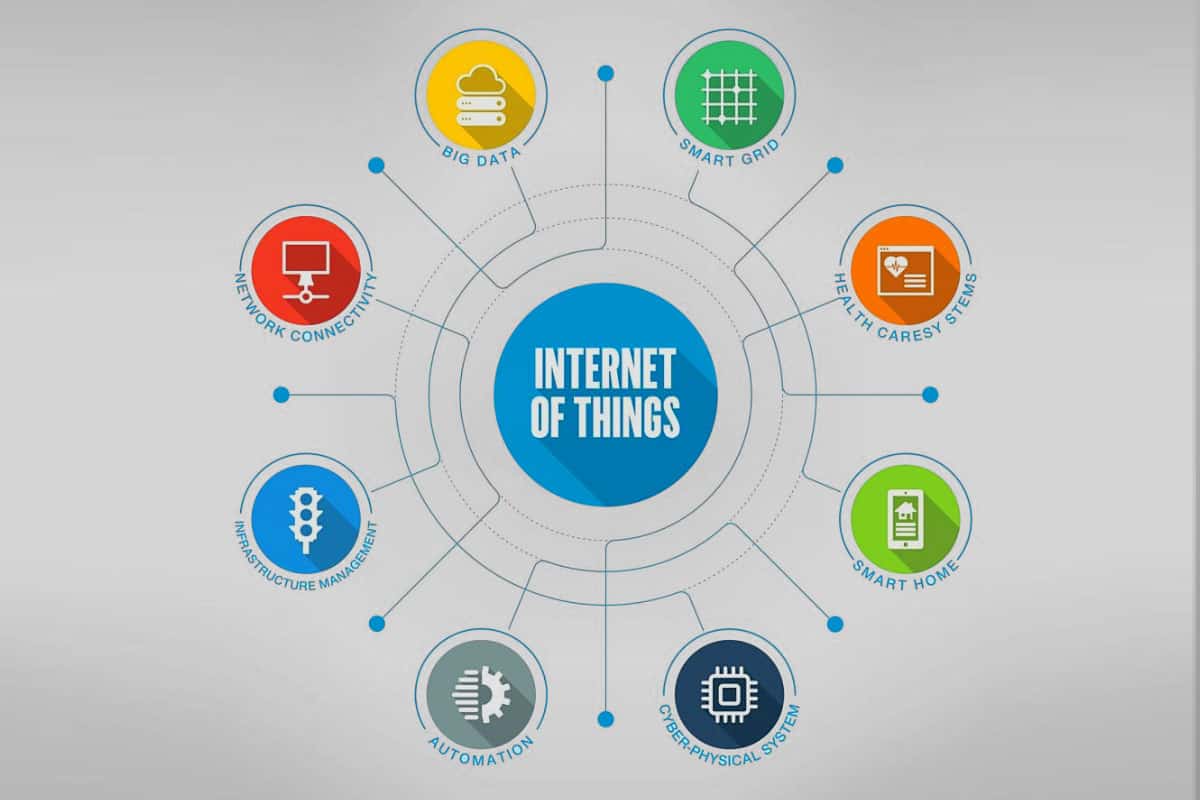
Looking to the Future
Many companies now are making a move towards edge computing. However, edge computing is not the only solution. For computing challenges faced by IT vendors and organizations, cloud computing remains a viable solution. In some instances, they use it in tandem with edge computing for a more comprehensive solution. Delegating all data to the edge is also not a wise decision. It’s why public cloud providers have started combining IoT strategies and technology stacks with edge computing.
Edge computing vs. cloud computing is not an either-or debate, nor are they direct competitors. Rather, they provide more computing options for your organization’s needs as a tandem. To implement this type of hybrid solution, identifying those needs and comparing them against costs should be the first step in assessing what would work best for you.